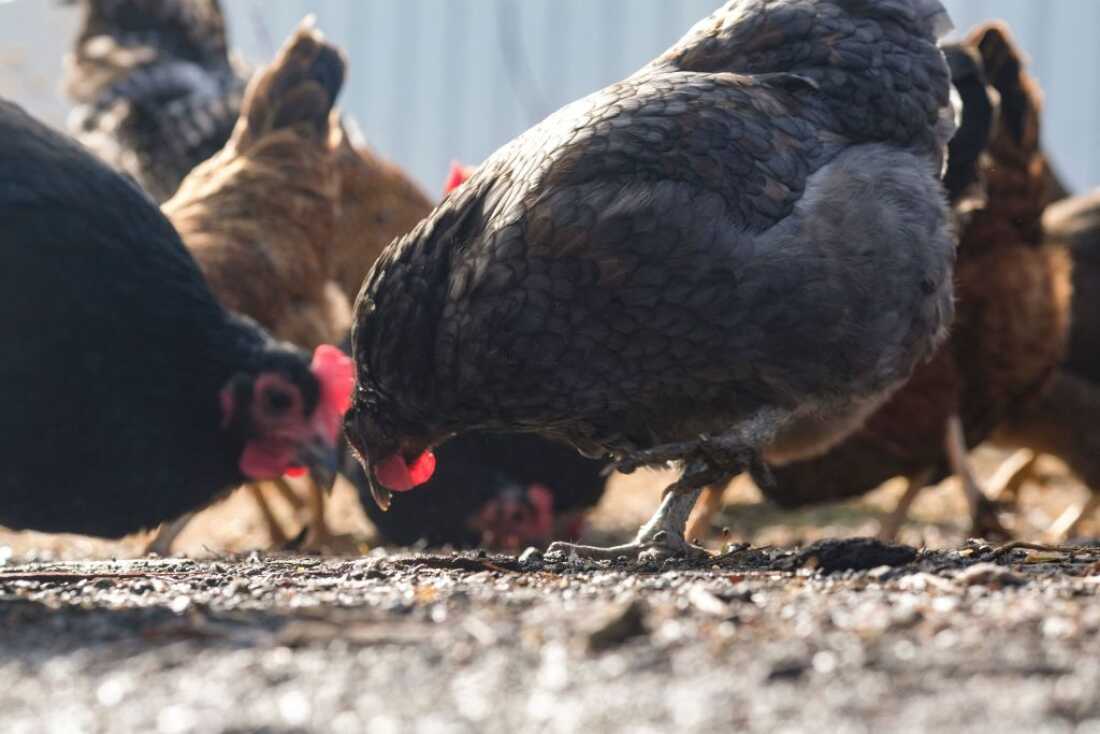Bird Flu Outbreak: A Growing Concern

Image Credit: MATTHEW HATCHER/AFP/Getty Images
As migratory birds head southward, they bring along an unwelcome companion: the H5N1 virus, commonly known as bird flu.
Impact on Poultry and Human Health
Over the past month, the virus has impacted 66 poultry flocks, resulting in the culling of over 3.5 million birds, including chickens, turkeys, and ducks. This marks a significant rise from the summer months, as the virus spreads when infected wild birds interact with domestic flocks.
The central states are currently the most affected, but experts predict further outbreaks across the nation due to bird migration patterns.
Beyond rising egg prices, the consequences could be severe. Last year, the U.S. recorded nearly 70 human cases, including one fatality, raising concerns among influenza researchers.
“We anticipate human infections similar to last year,” states Seema Lakdawala, a virologist at Emory University. “The situation hasn’t changed significantly.”
Although no human cases have been reported recently, scientists warn of limited visibility into the virus’s spread due to reduced federal surveillance and communication.
Challenges in Monitoring and Response
“Our monitoring capabilities are not ideal,” says Wendy Puryear, a virologist at Tufts University. “The situation is increasingly uncomfortable.”
Previously, a network of influenza researchers collaborated closely with federal health agencies to track H5N1. However, this infrastructure has been dismantled or severely limited due to policy changes and staffing reductions.
Dr. Keith Poulsen from the Wisconsin Veterinary Diagnostic Laboratory notes that data from federal labs has slowed, exacerbating the issue. “The shutdown has worsened an already challenging situation,” he says.
The USDA did not respond to requests for comment, but the Department of Health and Human Services stated that the CDC’s influenza team remains operational during shutdowns.
Containing the Virus on Farms
Recent data suggests that bird flu cases in dairy herds are relatively rare. A USDA program continues to monitor bird flu in dairy milk, with regulations requiring cattle testing before interstate movement.
However, the extent of routine testing remains unclear. Lakdawala’s research highlights the virus’s persistence in farm environments, making eradication challenging.
Despite the virus’s widespread presence, it hasn’t mutated to easily infect humans. Yet, farm conditions pose risks to workers exposed to aerosolized H5N1 particles.
In Minnesota, where multiple farm outbreaks have occurred, health officials are monitoring exposed individuals for symptoms, maintaining contact with the CDC for support.
Improving Testing for Farm Workers
Testing farm workers, who are at high risk of contracting and spreading the virus, remains a challenge. While some human cases have been severe, most are mild and easily overlooked.
A recent CDC study calls for comprehensive data collection on asymptomatic infections to enhance public health responses. A small study found evidence of past bird flu infections in 7% of dairy workers in Michigan and Colorado.
Long-term research requires cooperation from farmers and workers, many of whom are undocumented and wary of immigration enforcement. “There’s significant reluctance to get tested,” says Bethany Boggess Alcaulter from the National Center for Farmworker Health.
Dr. Nirav Shah, who led the bird flu response under President Biden, emphasizes the importance of continued monitoring and response efforts. “Relying on the absence of issues is risky when dealing with potential pandemics,” he warns.
